
The Norfolk Terrier is a charming breed that is one of the smallest in the
terrier group. Its body is short but powerful, with dense bone structure. With
a muzzle similar to a fox’s, this breed possesses large, sturdy teeth.
It has dark vivid eyes, striking eyebrows and whiskers, ears that droop down
closely toward the cheeks, a tail that is usually cropped to half its true
size.
Life Expectancy:
12-15 years
Energy Level:
Average, spunky
Living Conditions:
A true apartment dog. Indoors only.
Barking:
Average
Exercise Needs:
A couple brisk walks per day.
Breed Group:
Terrier
Size:
Small
Height:
9-11 inches
Weight:
10-12 pounds
Standard Hair Colors:
Wheaten, grizzle, red, tan, or black and tan combination.
National breed club:
Norwich & Norfolk Terrier Club
The Norfolk and Norwich terriers were once recognized as just one breed, though these have been recently established as two separate breeds. The Norfolk terrier was developed as rat hunter in England, and was later used to chase foxes to get them out of the underground, with its ability to get into small holes in the ground. Because they were often used to hunt in groups, the Norfolk terrier is usually friendlier compared to other terrier breeds. Nowadays, the breed is a good companion dog that is still able to hunt down rats.
This breed is brave, lively, and friendly, with a steady character devoid of petulant behavior or edginess. Training must be consistent, though it may be done easily. This inquisitive breed likes playing with toys, as well as barking and digging when left outdoors for some time. The Norfolk terrier is normally well behaved around other pets, though it can get jealous. This dog must not be unleashed except in safe areas, and can accompany its master in brief jogging sessions. It has the tendency to be smart and iron-willed.
An active lifestyle is right for this breed, as it was originally developed to work. The breed must always be taken out on walks to keep it happy.
This breed can be a good apartment dog as long as it gets ample exercise. Access to a yard is unnecessary, as it likes to keep busy when indoors. It enjoys spending time with its family, and must live indoors.
The wiry water-resistant coat can be quite easy to groom, though daily brushing is a must. Extra attention should be given when the dog sheds, as well as some occasional clipping. Dry shampoo may be used, or a bath may be given to the dog when necessary.
This breed has no major health concerns, and may be expected to resist sickness. Because of the small size of their litters, Norfolk terriers tend to be rare.
...you might also like the Norwich terrier, which only has some difference in appearance, but is still quite similar to the Norfolk terrier. Another possible choice is the American Eskimo dog, also a fairly healthy breed that is more apt for performing tricks.
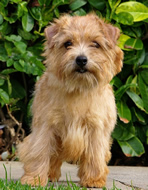
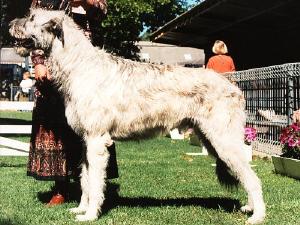 Irish Wolfhound
Irish Wolfhoun
Irish Wolfhound
Irish Wolfhoun
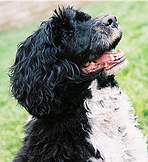 Portuguese Water Dogs: A guide to dogs and puppies of the Portuguese Water Dog breed
The Portuguese Water Dog!
The Portuguese Water Dog, also kn
Portuguese Water Dogs: A guide to dogs and puppies of the Portuguese Water Dog breed
The Portuguese Water Dog!
The Portuguese Water Dog, also kn
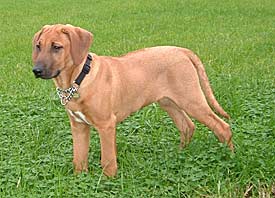 Rhodesian Ridgeback
Rhodesian Ridg
Rhodesian Ridgeback
Rhodesian Ridg
 Siberian Huskys: A guide to dogs and puppies of the Siberian Husky breed
The Siberian Husky!
The Siberian Husky is a very strong and
Siberian Huskys: A guide to dogs and puppies of the Siberian Husky breed
The Siberian Husky!
The Siberian Husky is a very strong and
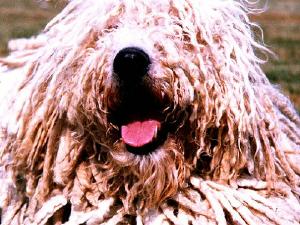 Komondor
Komondor
Komondor
Komondor
Copyright © 2005-2016 Pet Information All Rights Reserved
Contact us: www162date@outlook.com